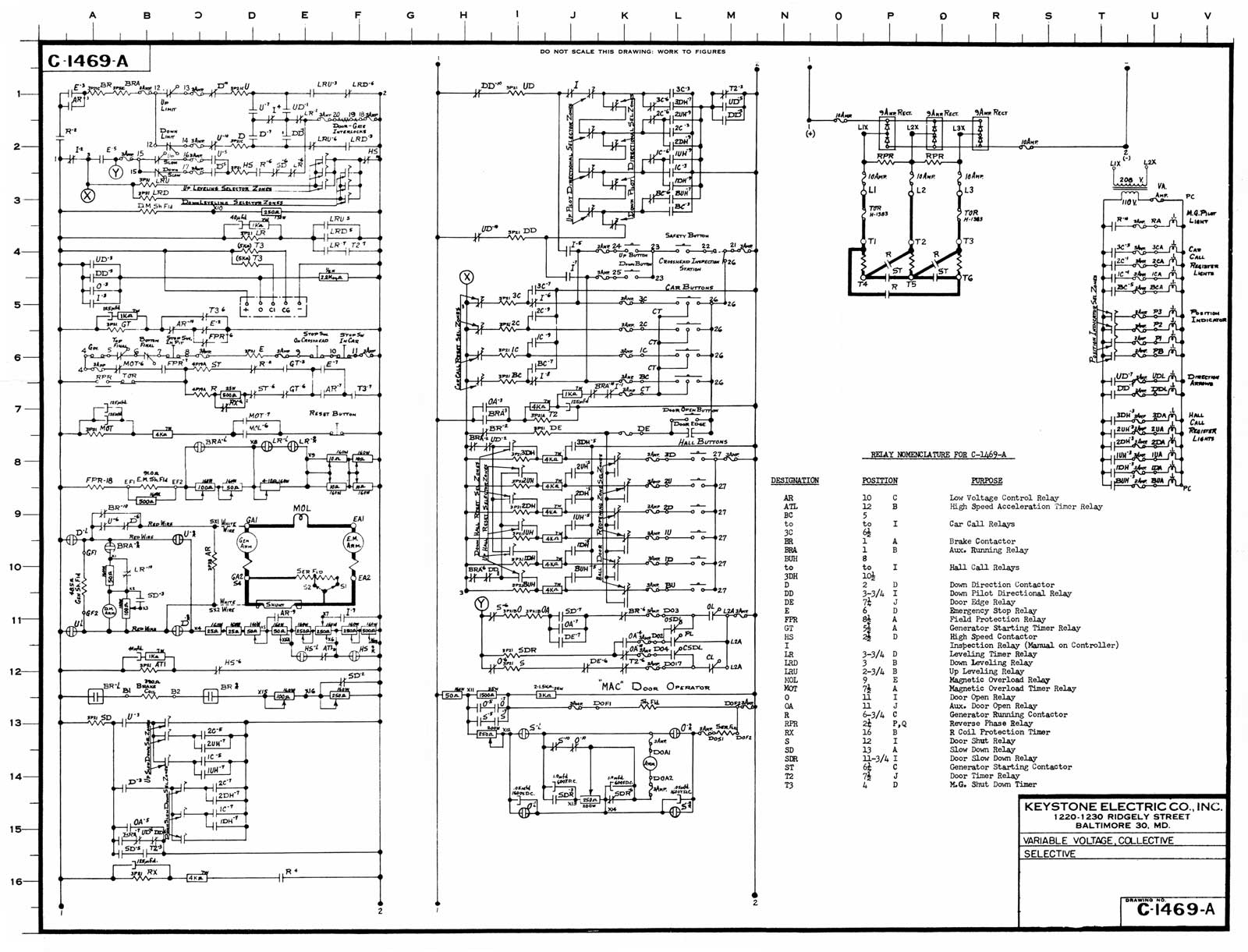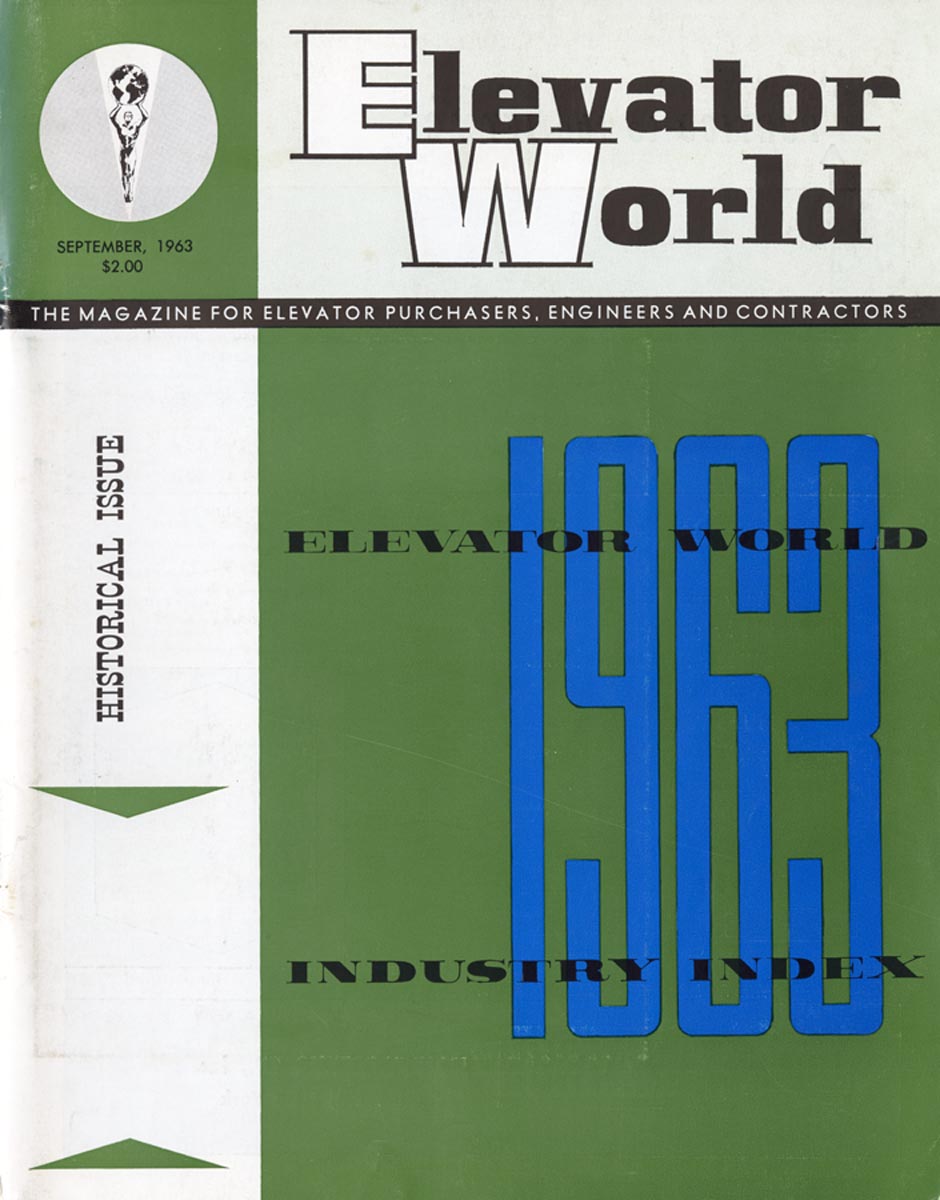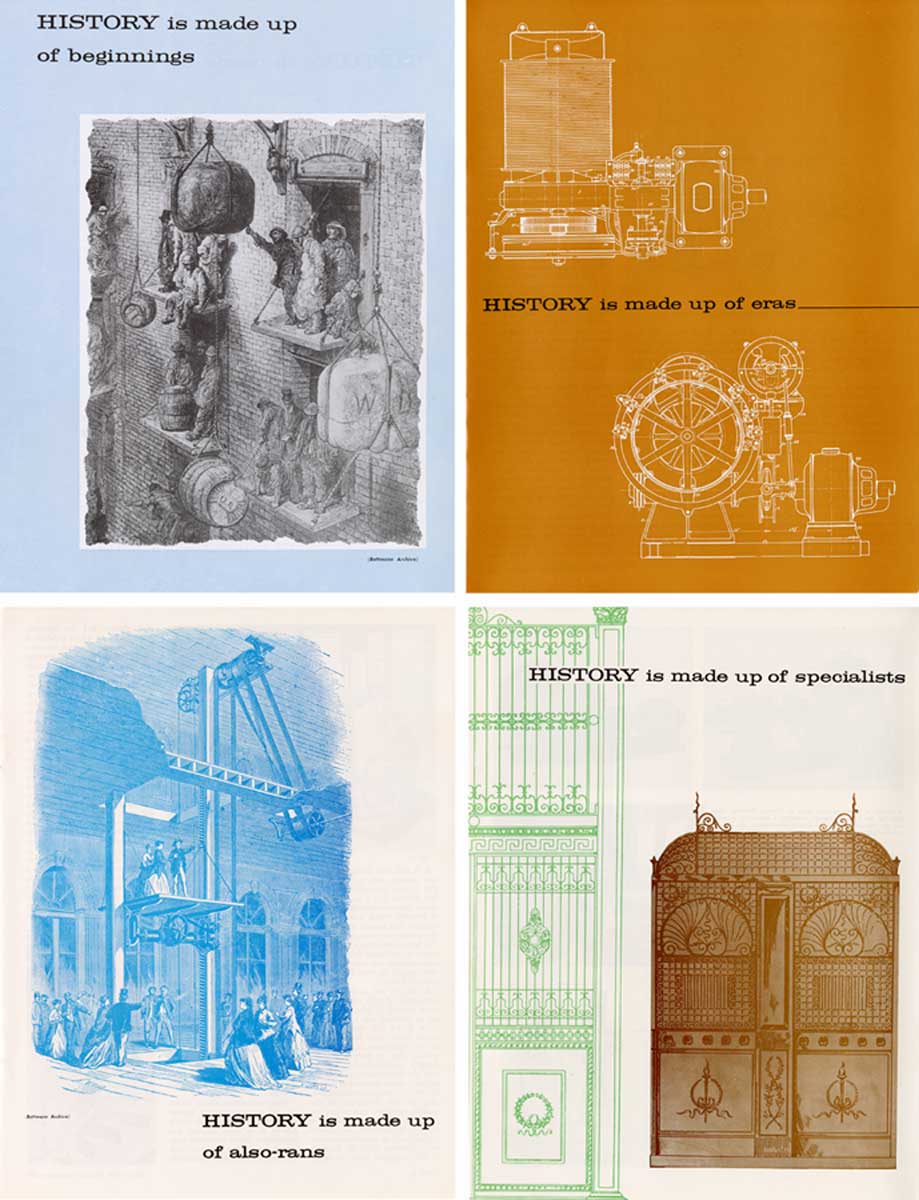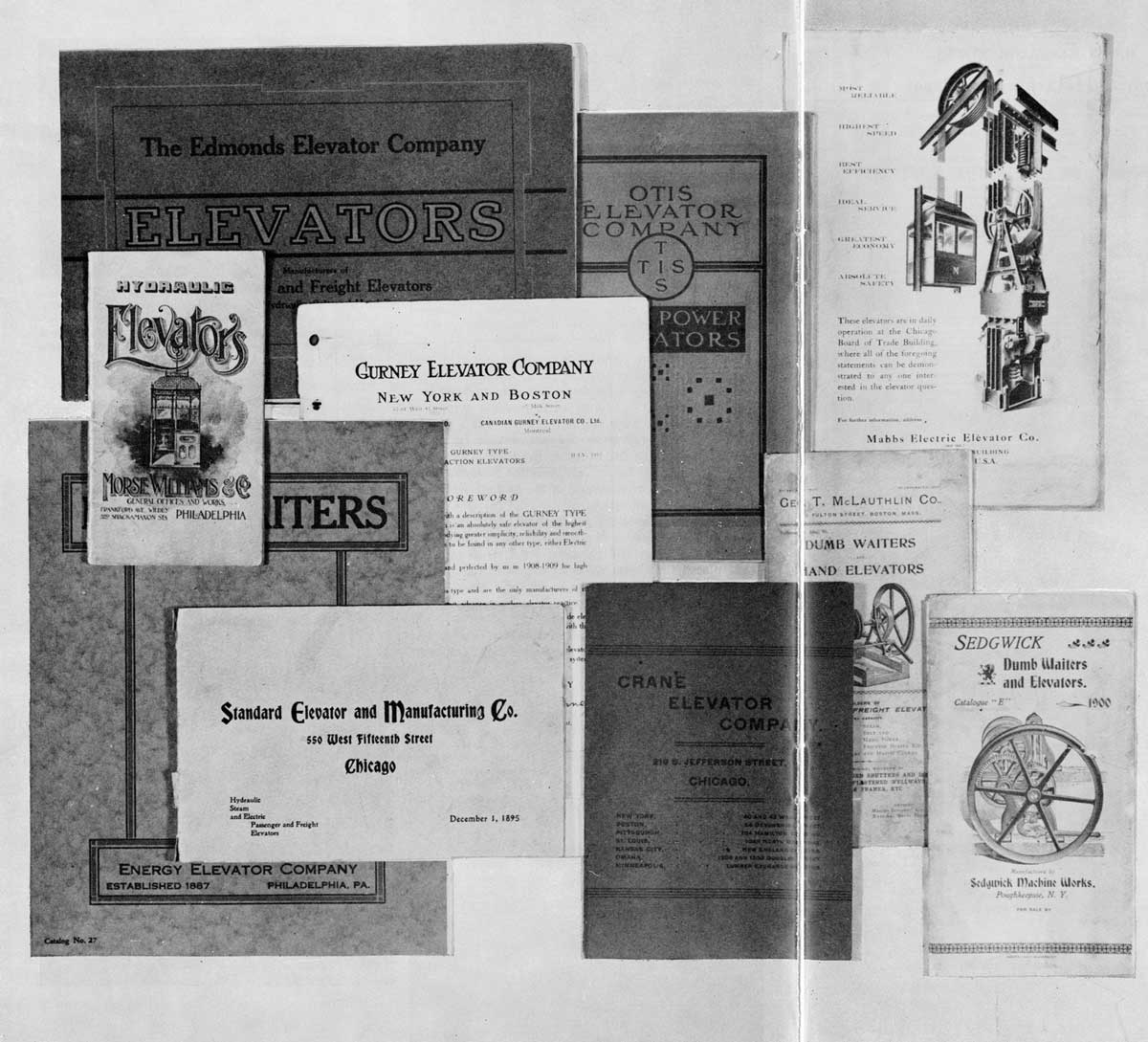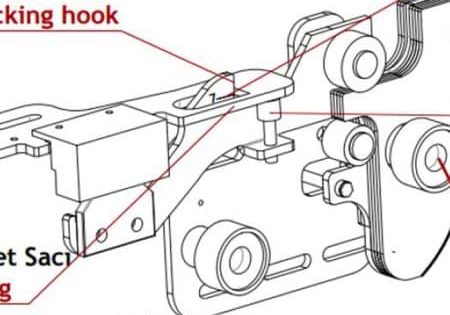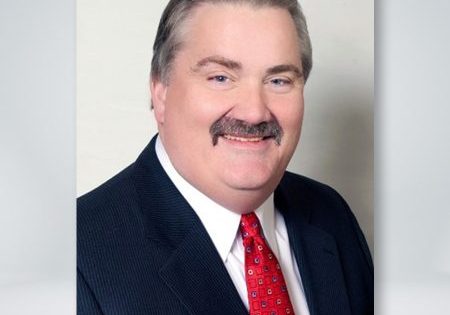1963: Elevator World Begins Its Second Decade
Mar 6, 2023
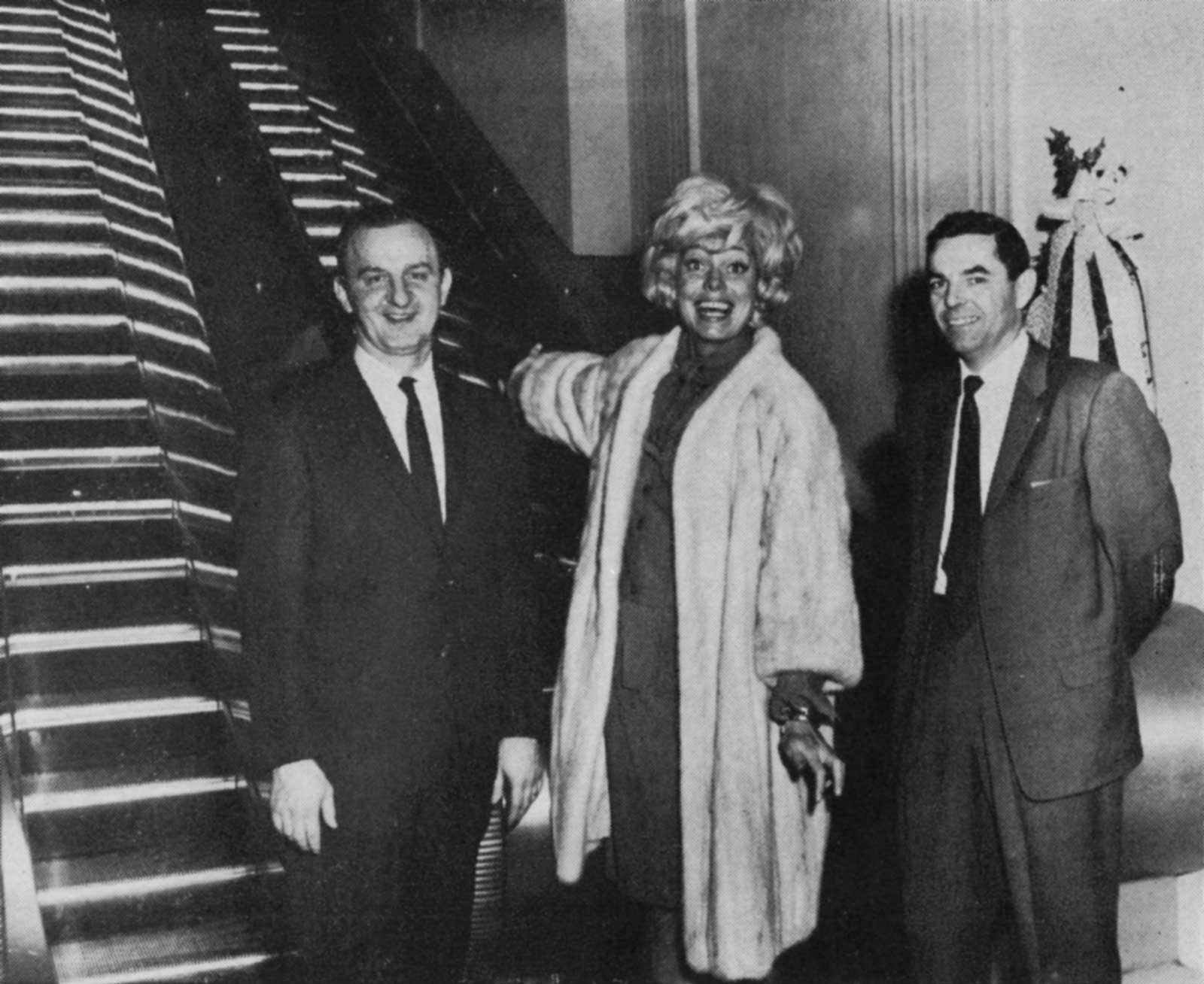
Sturgeon gives “full time” to EW and builds on initiatives introduced during the first 10 years.
1963 opened with ELEVATOR WORLD founder William C. Sturgeon celebrating the magazine’s first 10 years and looking forward to the future:
“The first ten years was fun and we thank all of you that have been part of the enterprise as advertisers, contributors, readers, or critics. We look forward expectantly to the next ten years, believing that the magazine will become larger and more comprehensive. This new era starts with your editor being able to give full time to the job and there is the feeling in our office that we are rounding a corner and will often look back to this issue as a time when we took another new lease on life.”[1]
Sturgeon’s comment that he was finally “able to give full time to the job,” reflects the fact that, during the magazine’s first decade, he also had a second full-time job as president and owner of the Mobile Elevator and Equipment Company. In 1961, he negotiated the sale of his business to the Montgomery Elevator Company, and he resigned as president and owner in December 1962.[2] Thus, 1963 marked the first year in which he was able to devote all of his energy to EW, and he took advantage of this opportunity to build on initiatives introduced during the first 10 years.
One of these initiatives was a vertical-transportation (VT) education program developed in partnership with the National Association of Elevator Contractors (NAEC). Launched in March 1960, the effort was led by NAEC Education Committee Chair Joseph C. Tamsitt. The program consisted of two distinct components. The first was short “lessons” (typically two pages in length), which were linked to drawings published by EW. The January 1963 issue contained Lesson XXIII, which was a continuation of a series begun in November 1962 that examined the wiring diagram of a collective-selective system: “We are starting a new series on a collective-selective diagram #C-1469-A. It is variable voltage with a door operator, automatic MG shutdown and Wye start – Delta run on the MG drive motors” (Figure 1).[3] Having introduced the subject, the lesson began as follows: “Let us assume that the car is at rest on the bottom floor, the MG set has timed out, and we press the 2C (car) button.”[3] Drawings for the education program were often produced by the Keystone Electric Co. (Tamsitt’s home base).
Formal lessons were supplemented by “bonus articles” on a variety of topics, which were written by members of the NAEC Education Committee and other experts. In 1963, the bonus articles were: “Special In-Service Care of Variable Voltage Equipment” by Paul Richards (Electro Dynamic Division of General Dynamics Corporation), “Worm Geared Elevator Machines” by Ernest Mayer (Armor Elevator Co., Inc.), “Don’t Move That Leveling Switch!” by Tamsitt, “Elevator Kinetics” by Karl Mangel (Charles W. Lerch & Associates) and “Balancing Cars for Installation of Roller Guides” by Ralph Sexton (F.S. Payne Co.). One gauge of the overall success of the program and the participants’ appreciation of Tamsitt’s work was the fact that, in December 1962, he received more than 1,000 Christmas cards from program participants.
Other new features — now grouped together under “departments” in the table of contents — were also introduced during the magazine’s first decade. Two features were forums dedicated to keeping readers up-to-date on VT news. “’Round the Elevator World,” which first appeared in January 1956, focused on industry news with a special emphasis on people. Topics included promotions, changes in leadership, acquisitions by and/or mergers of VT companies, announcements of new products and noteworthy industry events. The latter often included unique installations, such as a new escalator installed in NYC’s Waldorf-Astoria Hotel:
“What appears to be a ‘solid gold’ escalator has been set in motion as part of the Waldorf-Astoria’s three-year, $8.5 million modernization program. The $140,000 moving stairway installation was complicated for the Peelle Co., in that the Waldorf is built on columns embedded between the tracks of Grand Central Terminal. Major steel changes had to be made in the understructure and new support columns added in the area utilized by the railroad.” [3]
This announcement was accompanied by a photograph of the escalator’s opening, which was attended by actress Carol Channing (who cut the ribbon and took the first ride), John Zekauskas (building superintendent) and Edward Peelle (president, Peelle Co.) (Figure 2).
The other news forum, titled “Monitor,” debuted in February 1958. This was a one-page section with one- or two-sentence news highlights that addressed a broad range of VT and business-related topics. A sampling of news items from the March 1963 issue gives a sense of this feature, as well as insights into the world of the early 1960s:
“Westinghouse Expansion: Look for Westinghouse to expand its production capacity by 33% in its Dover, New Jersey plant, to meet demands for its escalator equipment and accommodate proposed new elevator products.
“Inflation Again: if you’re in the $10,000 a year earning class, you can expect inflation to burn up $100 of your money in 1963.
“Installation Manual: Demand for the NEMI Installation Manual is much heavier than expected. The 500-page elevator construction guide is a ‘must’ for all industry erector personnel.
“Pay Rates: Pay increases in the building industry are expected to average about 4% this year. Construction workers are now getting an average weekly pay of $128.”[4]
“Monitor” allowed readers to easily stay abreast of VT and construction news highlights, while “’Round the Elevator World” provided greater, in-depth industry coverage.
Sturgeon also added two new columns, both written by industry veterans. Paul John Kern’s column, “Rail Clips and Call Backs,” first appeared in November 1955. Kern had been a regular contributor from the beginning, and his new column offered him the opportunity to write what today would be called “thought pieces.” His essays may be characterized as the thoughtful musings of a senior (and occasionally grumpy) VT industry member. The 1968 EW Industry Index included an edited compilation of these writings, which were prefaced by Sturgeon’s account of Kern’s lengthy career:
“From the time Paul Kern was 14, he worked summers in electrical and machine shops. After spending a year studying electrical engineering at Iowa State University he began as an electrician for the Bell Telephone Company and the Des Moines City Railway. A stint with Citizens Electric Company, armature winding and repairing, and then to Swift and Company as an electrician foreman; fourteen years with Otis as an elevator constructor; time out for three years in the U.S. Navy 45th CB Battalion and then into the employ of Chenoweth Elevator Company in Des Moines in 1946. Six months thereafter, the elevator contracting firm was incorporated as Chenoweth-Kern. During the 22 years Paul Kern was the firm’s chief executive officer, until his retirement in 1965, there was always time to communicate with those in the field having problems even while developing a company which became known throughout its area for emphasizing customer satisfaction and training highly skilled technicians.”[5]
Kern’s military service during World War II was something he shared with other industry leaders and was a common — and important — bond among members of his generation.
The other regular column added during this period was John A. Miller’s “Court Cases of Consequence.” Miller began his VT career in 1935, became a registered professional engineer in 1948, and by the 1950s, he was serving as the Philadelphia area district manager for the Haughton Elevator Co. In 1959, he founded John A. Miller & Associates, a consulting firm that provided elevator and escalator engineering services to “elevator and escalator manufacturers, architects, engineers, builders, and building managers.”[6] Miller soon found himself in high demand as an expert witness in “accident cases involving elevators, escalators, and workman’s hoists,” and he included “accident investigation and reporting services for manufacturers and installers” in the list of the firm’s services.[6] Miller’s first EW article, titled “Elevator Accidents and Elevator Service Company Liability,” appeared in the September 1961 Industry Index. “Court Cases of Consequence,” which offered lessons learned from a broad range of VT related lawsuits, debuted the following month.
Feature articles published throughout the year reflected the increasing international scope of EW’s coverage and the continuation of VT industry activity from the prior decade. Evidence of the former trend was a lengthy interview conducted by Sturgeon with Dr. Carlo Vanoni, of Fabbrica Italiana Ascensori Montacarichi (Milan) that appeared in the February issue.[7] The latter is represented by an article contributed by William H. Heindrich (Charles W. Lerch & Associates) on elevator control systems.[8] The early 1960s faced the continuing challenge of transitioning older machines from operator to operatorless control. A critical question facing architects, engineers and elevator constructors was which system would best suit a particular installation. This choice was made more complicated by the array of available systems; those referenced by Heindrich included: Selectomatic Mark IV control (Westinghouse), Measured demand (Montgomery), Traffic Master (K.M. White), Autotronic (Otis), Multimatic (Millar Elevator Industries, Inc.), Signomatic (Haughton) and Dynaflite (Haughton). Additional options (found in EW advertisements) included Selektronic (F.S. Payne Company) and Varomatic (G.A.L. Electric Mechanical Services). Apparently, the key to selling a “modern” control system was the addition of “omatic” or “tronic” to an appropriately exciting prefix.
This new era starts with your editor being able to give full time to the job and there is the feeling in our office that we are rounding a corner and will often look back to this issue as a time when we took another new lease on life.[1]
— William C. Sturgeon
The juxtaposition of old versus new technology was also highlighted in an unexpected way in the July issue. In early May 1963, Major Gordon “Gordo” Cooper, a member of the original team of Mercury astronauts, circled the earth 22 times, thus completing the sixth and last of the Mercury-crewed spaceflights. In recognition of this accomplishment, he was invited to address a joint session of Congress on May 21. This event led to an encounter between space-age technology and a remnant of the VT past:
“Seth Kantor, Scripps-Howard staff reporter wrote after Major Gordon Cooper’s visit to the Capitol to address congress, that at C-Minus-20 (20 minutes before Maj. Cooper’s scheduled arrival) a special Otis engineer rode up and down with 18-year-old elevator operator David Muchrow to assure that door mechanism and other features were in order. At C-Minus-15, a Secret Service agent was lowered into the pit to make certain nothing had been tampered with. At C-Minus-1 the Otis man stepped from the car, stating that all systems were ‘Go.’ He was replaced by another Secret Service man. Operator Muchrow, Georgetown University student when he isn’t transporting celebrities, used ‘manual controls’ all the way, and reported a ‘smooth takeoff’ and arrival, just as carefully planned.”[9]
This account serves as reminder of the persistence of operator-driven elevators throughout the U.S. during this period. And, it prompts two questions: How could a Secret Service agent properly assess whether or not an elevator pit “had been tampered with?” And why did the reporter omit the most important part of the story — when did Cooper “board” the elevator?
The presence of the past was also on display in a dramatic way in 1963 through an initiative that Sturgeon had announced in January. While he was looking forward to EW’s future, he also believed that:
“It is good to look back. In our travels around the country, we see that elevator companies are proud of their backgrounds and we frequently find ourselves looking through dusty journals, pictures of early officers and installations, and archives which bring back fond memories. It occurred to us that it was time to ‘look back’ in our elevator industry and give recognition to the progress that has been made; to the distance that has been traveled; to the people, companies and installations that are the foundation for what we have today. We’ve decided that our next Industry Index in September will be dedicated to this venture, and will have as its theme, ‘Looking Back.’ In it we will publish information regarding the tradition and heritage within our industry.”[1]
The May issue included a “memo” from Sturgeon to “all 8,000 in our Elevator World family of readers,” soliciting material for the upcoming Historical Issue. The reverse side of the memo featured eight prompts designed to help guide the collection of materials. Readers were asked to consider contributing photographs, brochures, newspaper clippings, articles and technical papers. Readers were also asked a series of questions seeking their opinion on meaningful events in VT history: the most important technical achievements, the greatest contributions to elevator safety, the most significant installations, etc. The result of this industry-wide effort was the first EW Annual Study, which appeared in the 1963 Industry Index (Figure 3).[10] The “Historical Issue,” as it was called, featured a 39-page, illustrated history of the VT industry. While the text was illuminating, there is little doubt that it was the images that were the highlight (Figures 4 – 6).
Sturgeon’s recognition of the power of these images prompted him to offer readers the option of purchasing a limited-edition reprint of the “Historical Issue,” as well as a “Speakers Kit.” The latter was described as designed “for use [by] elevatormen who would like to make presentations to local civic clubs and other groups on the subject The History of Lifting – A Look Back at its Past.” The kit comprised “a 30-minute talk, complete with 25 slides.”
Feature articles published throughout the year reflected the increasing international scope of EW’s coverage and the continuation of VT industry activity from the prior decade.
1963, as reflected in the December issue, ended with celebration and commemoration. George M. Reppert (1885-1972) was announced as the recipient of the industry Man-of-the-Year Award at the annual NAEC meeting. The award was introduced in 1961 with Sturgeon as the inaugural recipient. Beginning in 1962, the award became a joint undertaking of NAEC and EW, with John Paul Kern named Man-of-the-Year. Reppert, educated at Princeton and Massachusetts Institute of Technology (MIT), had a distinguished career at Otis from 1909 to 1950 (when he retired). From 1937 to 1963, he also played important leadership roles in code development, including serving as chair of the Central Code Committee for the National Elevator Manufacturing Industries, as well as serving on numerous A17.1 committees. However, the well-deserved celebration of Reppert’s career within the magazine’s pages was dramatically offset by its somber cover, which featured a prayer titled “We Join Together.” The prayer addressed the recent tragedy and the nation’s grief over the assassination of President John F. Kennedy on November 22, 1963. The call contained in the prayer’s final paragraph also serves as one final connection between the past and the present: “We ask that we might see this tragic time as a turning point in our personal lives — a time to bury hatred and class consciousness — to resurrect feelings of close community and charity — to rededicate ourselves to glorify Thee through our group relationships — within neighborhood and nation.”[11]
References
[1] William C. Sturgeon, “Speaking of Issues,” Elevator World (January 1963).
[2] William C. Sturgeon, More Ups Than Downs: A Memoir, Elevator World (2012).
[3] “’Round the Elevator World,” Elevator World (June 1963).
[4] “Monitor,” Elevator World (March 1963).
[5] Elevator World Industry Index (October 1968).
[6] “Engineering Firm Growing,” Philadelphia Inquirer (December 29, 1969).
[7] “Inside Italy: Elevator World interviews Dr. Carlo Vanoni, of Fabbrica Italiana Ascensori Montacarichi, Milan, Italy,” Elevator World (February 1963)
[8] William H. Heindrich, “Fundamentals of Elevator Control: An analysis of various group control systems and their applications,” Elevator World (January 1963).
[9] “’Round the Elevator World: Elevator on Go,” Elevator World (July 1963).
[10] Industry Index: Historical Issue, Elevator World (September 1963)
[11] Cover, Elevator World (December 1963).
Get more of Elevator World. Sign up for our free e-newsletter.
